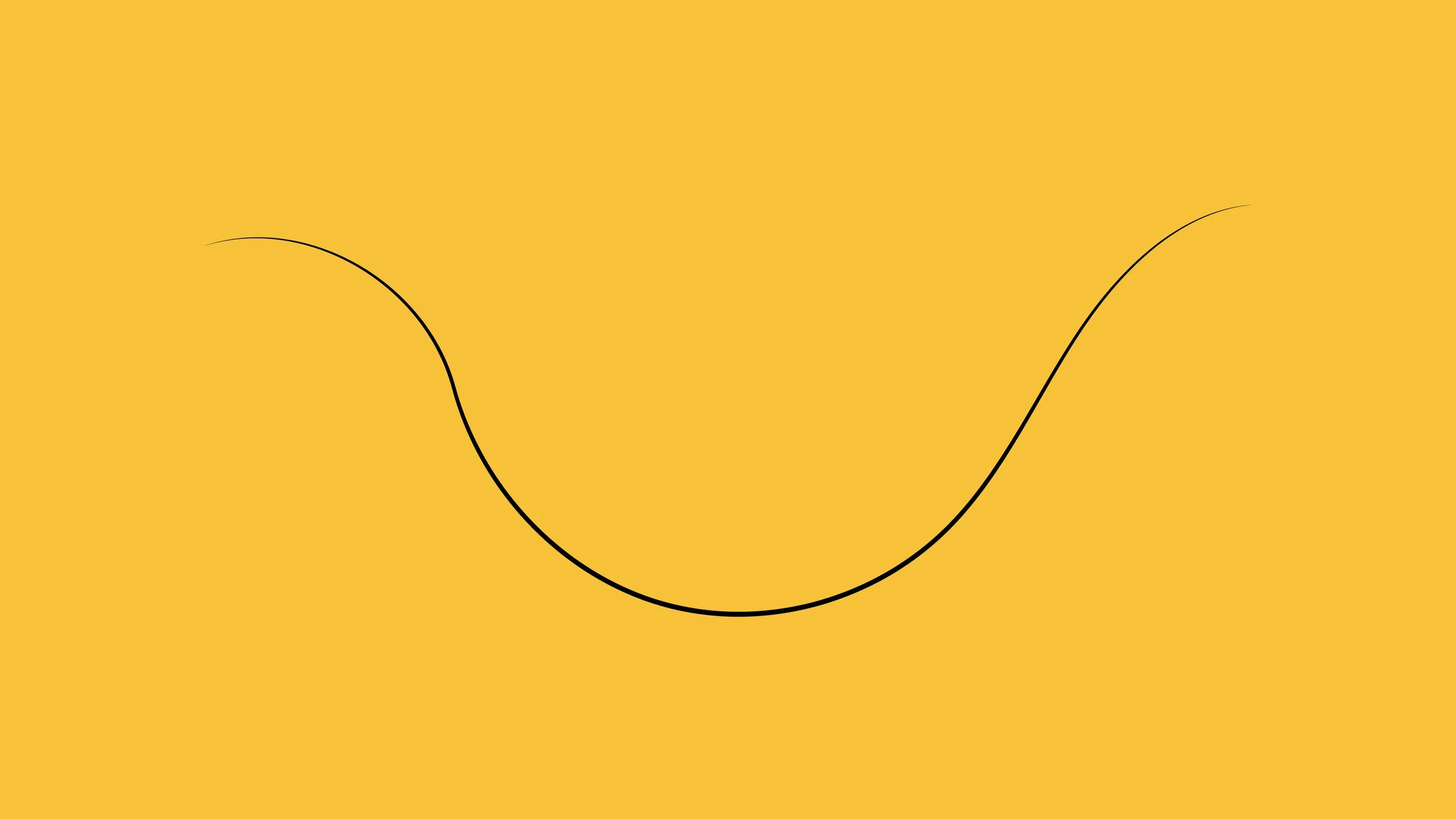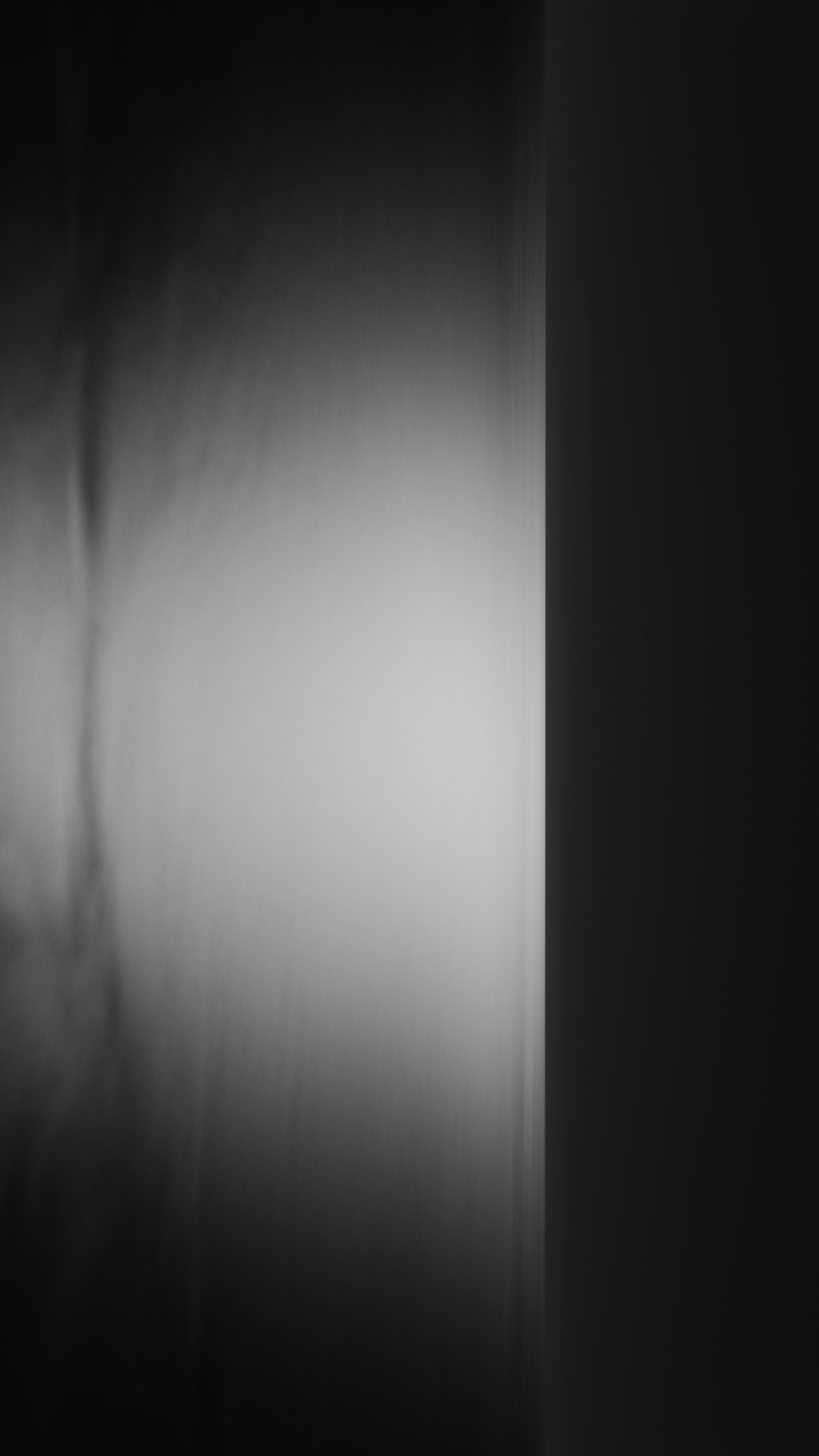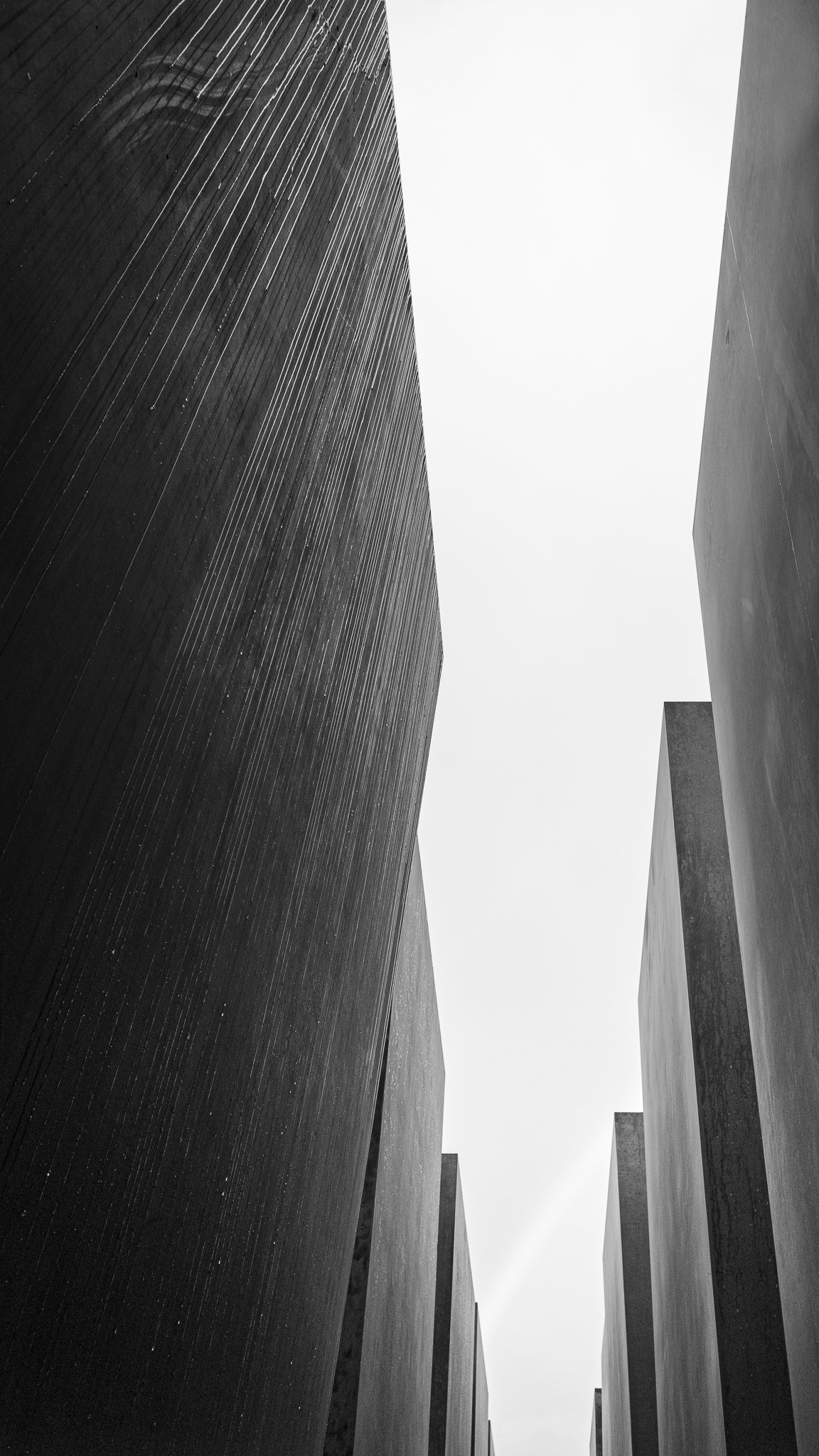Interaction of Light: Seascapes
“Thus art is not an object, it is an experience.”
For more than forty years, Japanese photographer Hiroshi Sugimoto (b. 1948) has photographed a simple composition. The centre of the frame aligns with the horizon to create a 50-50 division of sky and sea, or in Sugimoto’s words: “air and water”. The title for this series of works is Seascapes. His original concept behind the minimalist aesthetic was to share the same view with the early stages of mankind. To have a comparative view to our ancestors; he concluded that the image we can relate to looks out to the horizon. Elena Cué describes his work as: “a constant reflection about the origin and history of the world and of our culture, where concepts like space and time are explored expanding our ways of perception.” (Cué, 2016). The composition is synonymous with Sugimoto. But is it original? And can the same aesthetic be utilised for a different purpose?
The use of air (or wind) and water; referred to in China as feng shui, is a frequent theme of East Asian art, dating back to the Song Dynasty in China. In early ink-wash paintings, air is represented in the emptiness or negative space of the image. One artist from the period Ma Yuan (c. 1160-1225) painted a series of works that are compiled under the title A Study on the Properties of Water. The studies are compositionally similar to Sugimoto’s Seascapes. They depict the variances in wave patterns; from subtle rhythmic lines, to an imposing elemental power. The key distinction is that they are not presented as conceptual art, but as the title suggests; a series of studies developed under an aesthetic framework. It is unclear if Sugimoto was directly influenced by Ma’s paintings, but it is obvious that the aesthetic is one of repeated use — together with its reference to the elemental forces of nature. It is a familiar cultural practice, particularly in East Asia; described by Simon Morely as: “not the rejection of the past but a continual return to it,” (Morley, 2013, p.192).
In contemporary photography, Sonja Brass also draws compositional comparisons with Seascapes in her series The Passage (2009-2012). Air and water are again the two elements interacting in a minimalist visual. But while Sugimoto’s work is based on recapturing a shared view with a primitive world; Brass addresses ongoing topics of truth and representation in photography. Her images are not of reality, but models constructed in her studio. The viewers perception is challenged by the context of the image after being drawn in by its familiar aesthetic. The title of the series, together each of the 52 images being captioned chronologically imply a journey through a hostile, frozen landscape. Conversely, Sugimoto’s captioning provides a geographical element; seeing the same premise in various locations across the globe. From early art history, to todays contemporary practices; the seascape aesthetic has derived meaning for the artist which manifests in comparable works through a variety of contexts.
Over the decades Sugimoto himself has recontextualised Seascapes in order to further explore the potential within the image space. There are I propose three distinct periods: The image with appropriated meaning, the self-referential, and the abstract devoid of meaning. The first, as previously discussed is his search for the shared image with early civilisation. Sugimoto has recently added to this his personal attachment to the image — relating it to his first childhood memories (Louisiana, 2018). During this period the seascape is fundamentally a ‘straight photography’ image. There is no interference on the camera functions, nor any expressionist techniques, or variances in atmosphere to manipulate the viewers interpretation. It is during this period that his concept of sharing the same view of our ancestors best holds up to scrutiny.
In the early to mid-ninety’s, Sugimoto began to experiment with exposure and focus. As a body of work, it is his most productive period. Is this because there is a greater variety of images to be explored? Some of his images play with high-key and low-key tones — while others are blurred out-of-focus. The latter is a technique Sugimoto has utilised in other series. He often refers to it as seeing: “twice-infinity”. In exploring the camera controls, the seascape diverges from its appropriated meaning of sharing the early human image — and towards a more self-referential one about the variables of image creation through the camera apparatus. This may not have been Sugimoto’s intention, but by diversifying the image and how it is constructed; its potential for meaning is more expressive than applied, and therefore more openly interpreted.
The third iteration of Seascapes is the abstraction of image through time. This drew a stylistic comparison to the late works of Russian/American artist Mark Rothko, which culminated in the exhibition Rothko/Sugimoto: Dark Paintings and Seascapes at Pace Gallery in 2012. The goal of this connection was to present two different artistic approaches that arrive at similar aesthetic conclusions. The link arrives via Sugimoto’s abstraction of the image; through long exposure the visual representation of air and water dissipates. In order for the connection to have meaning, the context appropriated to Sugimoto’s work is removed. We are no longer looking at an image shared with of our earliest ancestors, but an abstract of tone, devoid of meaning. The vitality of the Seascapes series as a whole contrasts with the Dark Paintings of Rothko, which eliminate reality, meaning, form and colour (Mita, 2008, p.7). So is it appropriate to compare the two?
Munesuke Mita refers to Sugimoto as someone who reaffirms the leela, or playfulness of life. Unlike Rothko, who succeed in both minimalising himself and his work (Mita, 2008, p.7), he is more concerned with the malleability of context to pursue his interests and therefore the comparison can only be superficial. David Raskin provides a bittersweet critique of Sugimoto’s work: Acknowledging his attention to the craft of photography — while dismaying over the viewers inability to find a way into the work. He says: “The gorgeousness is the bait, and the displacement is the hook.” (Raskin, 2015). Which brings me to what I find at times frustrating with Sugimoto’s work — its exclusively. Raskin argues that the viewer is denied access to the image through a lack of human scale or presence. And that in being abstract and intellectual rather than dynamically engaged there is no meaning beyond what Douglas Crimp calls: “(the) connoisseurship of the photograph’s style.” (Crimp, 1993, p.105). But is there a way to appreciate Sugimoto’s art as more than just object?
There is a context that the seascape aesthetic is yet to derive meaning from in contemporary art, and one in which is of most interest to me: Art as a means of practice. Emulating the work of another is known in Japanese culture as honka-dori, taking up the melody. In Western terms we might refer to it as picking up the baton. Sugimoto acknowledges this method as something admirable in the supporting text to his artwork Pine Trees (2001); which itself is an homage to the great Japanese treasure Shorinzu “Pine Forest Screens” (Tohaku, c. 1590). Rather than pursuing the withdrawal of human experience — my goal is the reverse of that: To create human experience by engaging in the exercise to find my own context. I have never been interested in emulating the shokunkin, or craftsmanship of Sugimoto’s photography — which I believe to be of the highest quality. Both his dedication to the traditional formats, and the development of new methods to realise his high standards are to be admired. But the intentions behind my interest are more practical — so while attention to craft is a factor, the primary factor is not to produce high-end art products, but case studies.
When I look at Sugimoto’s work, particularly from the second period onwards I also see an abstract image, but one that has educational values rather than conceptual. The block tones bring to mind The Zone System formulated by Ansel Adams and Fred Archer. So for me the abstract becomes a study on tonal variations. In the introduction to his seminal publication Interaction of Color (1963/2009), Josef Albers says his intention is to place practice before theory. Therefore the practitioners own meaning and insight will come as a result of application. I devised the idea of fusing the aesthetic of Sugimoto’s Seascapes, together with the practical exercises of Interaction of Color using Adams and Archer’s Zone System. The method of study is postmodern in a referential way, but also a return to modernism. Rather than conceiving a theory and attempting to illustrate it. The process is reversed, as Albers says: “not to give a specific answer, but to suggest a way of study”. As a practice it relates more to the study parameters of Ma Yuan — than Sugimoto’s conceptual art.
By creating a practice-based exercise to engage with the tonal range of the camera, I quickly realised that I didn’t want to photograph with the distraction of a subjective representational image. So the water would need to be abstracted through long-exposure. All perception of a three dimensional space is compressed into a two dimensional image. The values of the split-tone image are determined by the time of day (or night) that the image is recorded, the geographical orientation of the camera and the weather conditions.
The process of constructing an austere image informs that simple is not easy. The margin for error is minimal in a subjectless abstract. There are no illusions for the viewer to be distracted by. The practice actually builds in the checks and balances of image processing. Any inaccuracy in the horizon alignment is easily noticeable and so the need for precision in-camera is highly important. As is the housekeeping of any dirt spots or sensor imperfections. This attention to detail reaffirms the artisanship of photography.
The variances in contrast, from black and white to tone-on-tone become reference points to communicate through light rather than by subject. In low contrast conditions it is easier to manipulate exposure for high-key and low-key results. One of the experiential benefits of this method of study is to observe the subtleties of image creation using light. Each casework has a different perception relative to its viewing conditions. When two similar zones are side-by-side, the contrast between them can vary greatly, due to the light settings they are viewed under. When printed onto matte paper, the images are further simplified into a series of swatch cards to compare and contrast.
It was during these practical exercises that I discovered my own rejection of Sugimoto’s original concept of sharing the same view with primitive ancestors. In one particular instance, the horizontal light trails drawn on the sensor were not astronomical, but a presence in the seascape of the human epoch no different from an intervention on the land.
For me Seascapes are an intrigue. They can be devoid of meaning, reductionist like Rothko’s Dark Paintings, yet multi-layered through appropriated meaning. But as David Raskin argues, being abstract and intellectual offers no participation or social utility. The viewer can only be included through patronage as opposed to activity. One does not own the activity, only their interpretation of it. My interpretation of Sugimoto’s work was to use the aesthetic to facilitate a game that a participant can develop their own insight into the communicative nature of light. It is not to produce a body of work comparable to Sugimoto’s, but to create a practice that explains the function and workflow of photography and promote art as experience.
References
Albers, J (1963/2009) Interaction of Color. New Haven: Yale University Press.
Braas, S (no date) The Passage. Available at: https://www.sonjabraas.com/the-passage (Accessed on 20.12.20)
Crimp, D (1993) On the Museums Ruins. Massachusetts: MIT Press.
Faena. A (2016) 'A Study on the Properties of Water by Ma Yuan' In: faena.com 29.07.16 [online] At: http://www.faena.com/aleph/articles/a-study-on-the-properties-of-water-by-ma-yuan/ (Accessed on 20.12.20)
Hiroshi Sugimoto: Between Sea and Sky (excerpt) [interview online] Haruko Hoyle (2018) 13 mins At: https://channel.louisiana.dk/video/hiroshi-sugimoto-between-sea-and-sky (Accessed on 20.12.20)
Mita, M (2008) ‘The Horizon of Time, or a Sea of Tranquility’. In: Seascapes. Bologna: Damiani. pp 4-9
Pace Gallery (no date) Rothko/Sugimoto: Dark Paintings and Seascapes. Available at: https://www.pacegallery.com/exhibitions/rothko-sugimoto/ (Accessed on 20.12.20)
Raskin, D (2015) Hiroshi Sugimoto’s Inhuman Photographs. [Lecture at The University of Sydney, 25 May 2015].
Sugimoto, H (no date) Pine Trees. Available at: https://www.sugimotohiroshi.com/new-page-4 (Accessed on 20.12.20)
Sugimoto, H (no date) Seascapes. Available at: https://www.sugimotohiroshi.com/seascapes-1 (Accessed on 20.12.20)
Sugimoto, Hiroshi (2015) Seascapes. Bologna: Damiani.
Sullivan. M (1998) 'Ma Yuan' In: Encyclopaedia Britannica 20.07.98 [online] At: https://www.britannica.com/biography/Ma-Yuan-Chinese-painter (Accessed on 20.12.20)













